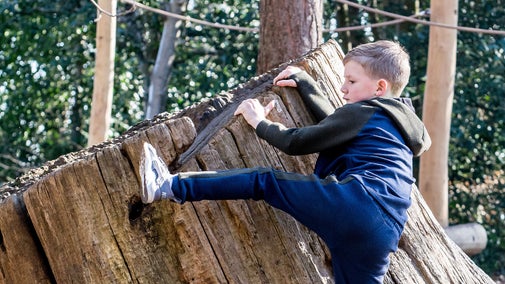
Become a member
Join today and help protect nature, beauty and history – for everyone, for ever. Enjoy access to more than 500 places with National Trust membership.
This grade 1 listed garden created by the great landscape designers of the 18th century charts the evolution of the English Landscape Garden
Portsmouth Road, Esher, Surrey, KT10 9JG

Find out the things to do at Claremont Landscape Garden with children in mind! From our play area featuring miniature versions of our amphitheatre, lake and pavilion as well as a climbable Belvedere Tower, or for those more adventurous discover Badger's Basecamp up on Stoney Hill.

Discover the different features of this landscape garden throughout the year including a grass amphitheatre, tree-lined walks and serpentine lake.

Keep up-to-date with what's on at Claremont Landscape Garden. Throughout the year we host a variety of events and activities for visitors to enjoy, From family activity trails and guided walks to forest bathing and summer outdoor theatre.

We kindly ask that visitors leave bikes, balls and scooters at home, due to the steep slopes and open water on site.

Claremont Landscape Garden is a three pawprint rated place. Find out more about visiting Claremont Landscape Garden with your canine companion.

Find out what you need to know about arranging a group visit to Claremont Landscape Garden.

Find out about the Gardener's Bothy café and the range of food you can eat when you visit Claremont Landscape Garden in Surrey.

Walking routes and points of interest.

Join today and help protect nature, beauty and history – for everyone, for ever. Enjoy access to more than 500 places with National Trust membership.